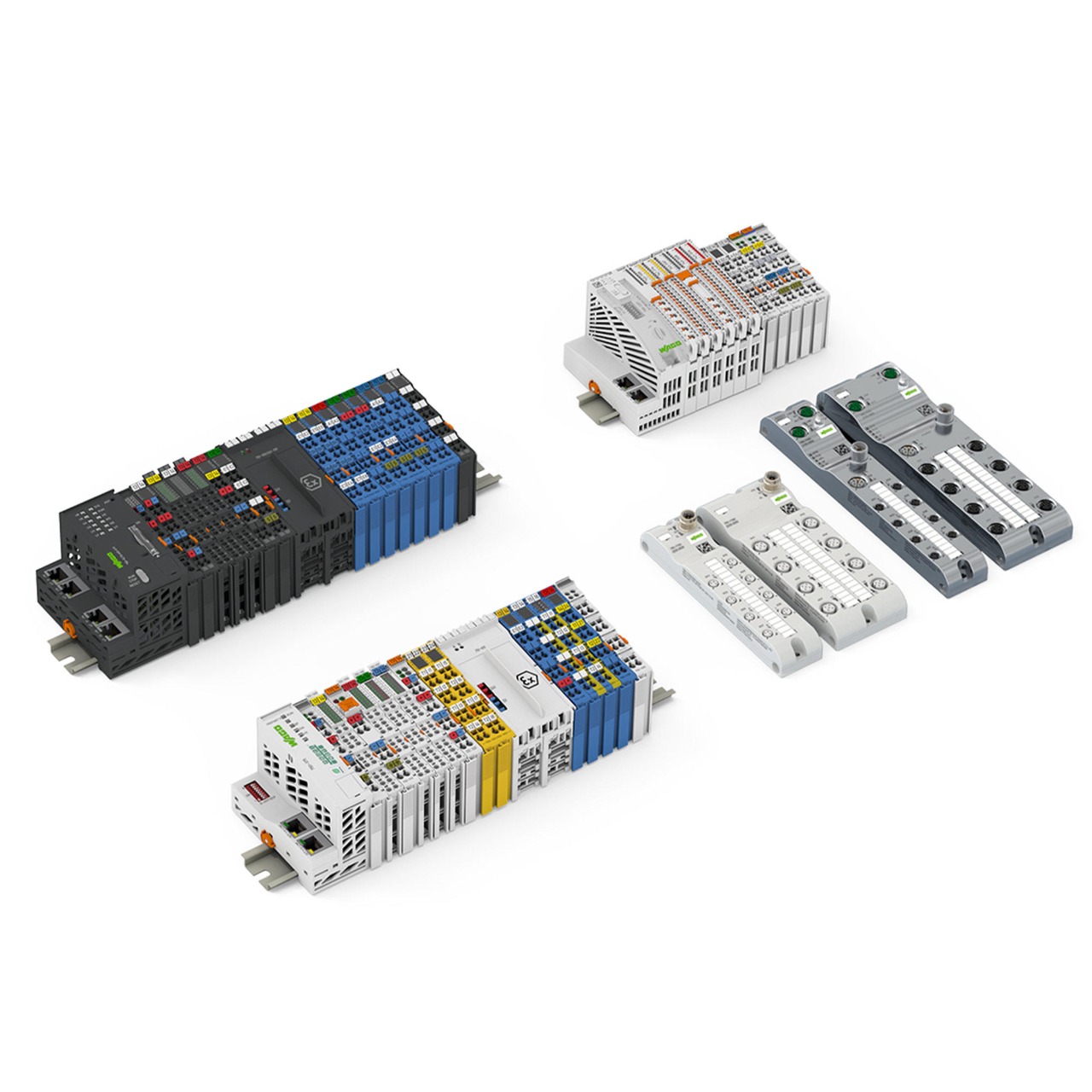Input and Output (IO) modules are essential for any computer system. They facilitate sending data from one part of the system to another and receiving data from external sources. This article will look at input and output, how they work, and some practical applications of IO modules in programming.
What Is Input And Output (IO)?
IO stands for input and output, the fundamental methods by which computer systems receive and process data. IO is a fundamental part of all programming languages, and understanding how it works is essential to developing well-structured code.
IO module is made up of two components: input and output devices and the functions that operate on them. Input devices are the devices through which user input enters a computer system. Output devices are the devices through which user output leaves a computer system.
IO functions can be divided into two main categories: I/O operations and I/O services. I/O operations are the essential functions that change data in a computer system. I/O services provide a way for other programs to access those functions without knowing how the I/O operations work.
IO operations can be divided into four main types: read, write, open, and close.
- A read operation reads data from a file or device into a memory location specified by its parameter.
- A write operation writes data to a file or device.
- An open operation opens a file or device for reading or writing.
- A close operation closes an open file or device.
IO services can be divided into three main types:
This blog post will discuss the different types of IO modules, how they work, and some of the most common uses of IO in programming.
Input and output (IO) modules are essential for any program that needs to interact with the outside world. They allow programs to read data from a file or device, write data to a file or device, or control peripherals such as printers or mice. IO modules can perform various other tasks, such as reading user input or spawning background processes.
There are three main types of IO: input, output, and communication. In input mode, a program reads and writes data from a source to a destination. In communication mode, a program sends data to another program or the operating system.
IO modules can be straightforward or complex. Simple IO modules typically open and read files directly; more complex IO modules may include features like compression and encryption.
IO modules come in two primary flavors: blocking and non-blocking. A blocking IO module will block until it has finished its task; non-blocking IO modules will continue executing while waiting for their task.
How does I/O work in VMs?
IO helps virtual machines communicate with the host operating system. Input and output are two critical processes in a virtual machine. By understanding how IO works in a virtual machine, you can better understand how virtual machines work and how they interact with the host operating system.
How to create an IO virtual network?
An IO virtual network is indispensable for data center administrators and network engineers.
Steps illustrate how to create an IO virtual network:
- Open the PowerShell session on your computer. The PowerShell session can be opened by clicking on the Start button, typing PowerShell in the search bar, and then clicking on the PowerShell application that appears. Alternatively, you can open the PowerShell session by opening a command prompt window and issuing the following command: powershell.exe
- To start creating an IO virtual network, type the following command: New-NetVirtualNetwork -Name “IO Virtual Network” -AddressPrefix 10.0.0.0/8
- Next, specify the size of the IO virtual network by entering the following command: New-NetVirtualNetwork –Name “IO Virtual Network” -AddressPrefix 10.0.0.0/8 –Size 1000
- Finally, specify the subnets that will be used for this IO virtual network by entering the following commands: New-NetVirtualNetworkSubnet -Name “North
Benefits of using IO in Windows 10?
Input and Output (IO) is an essential feature of every computer system. It allows the system to receive user input and output information to other devices.
IO modules are particular files that allow Windows to access external devices. IO modules can be used to connect keyboards, cameras, and other devices to your computer.
There are many benefits to using IO in Windows. For example, you can use IO modules to connect your computer to a printer or storage device. You can also use IO modules to send data from your computer to another device.
IO modules are easy to use and provide a lot of flexibility for your computer system. If you want to maximize the functionality of your computer system, you should consider using IO modules.
Conclusion
Input and output (IO) are two crucial concepts you need to know to develop effective software. IO modules are uncomplicated and deliver much flexibility for your computer system.

